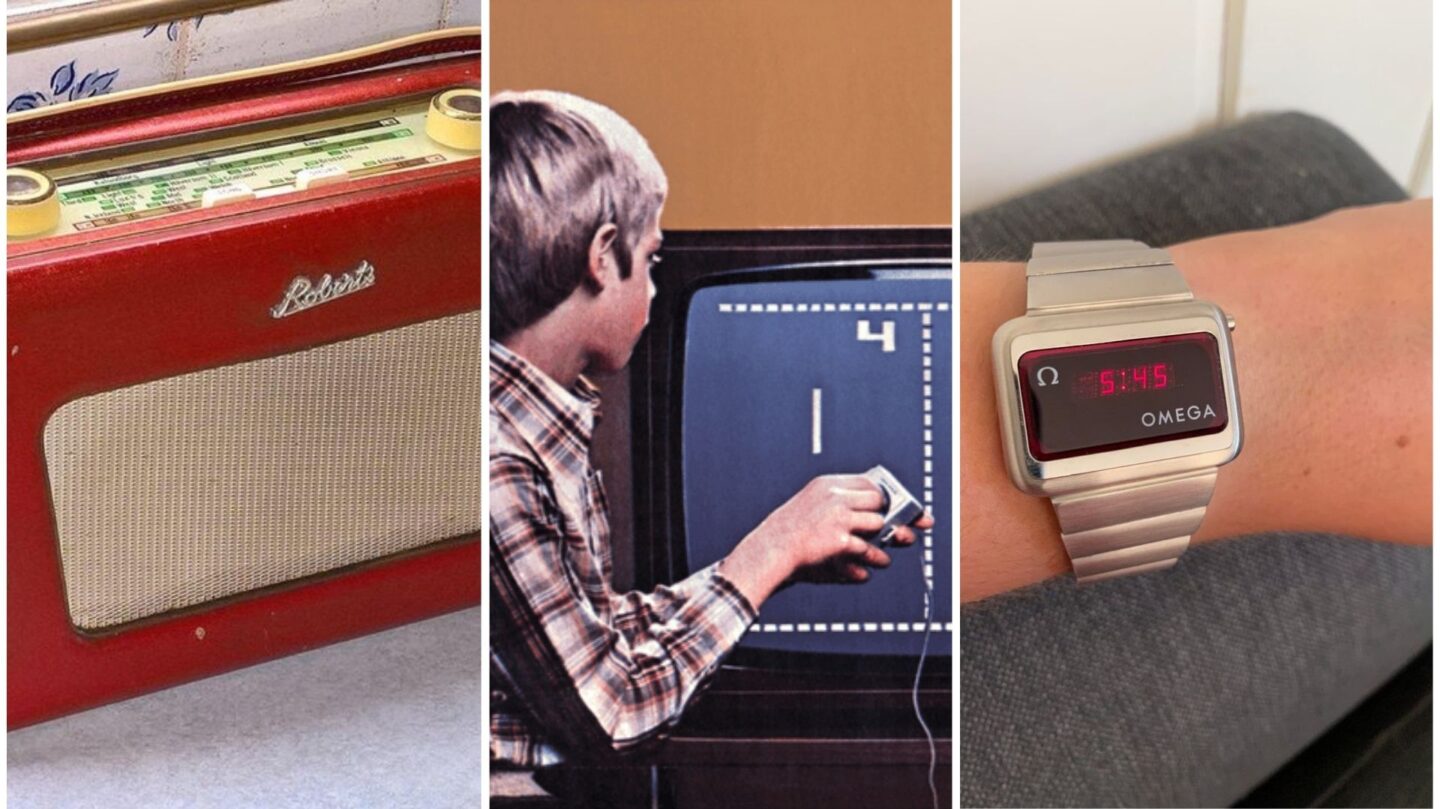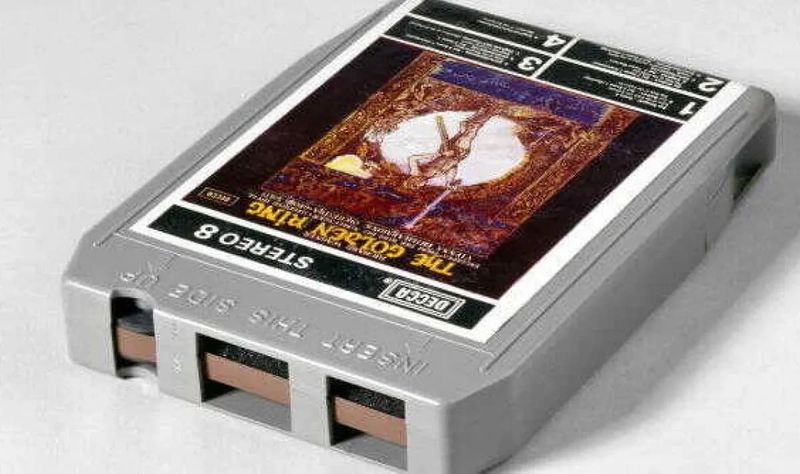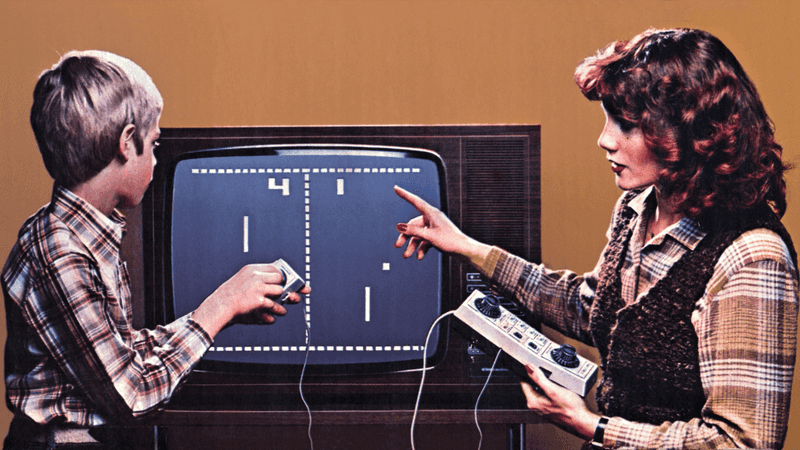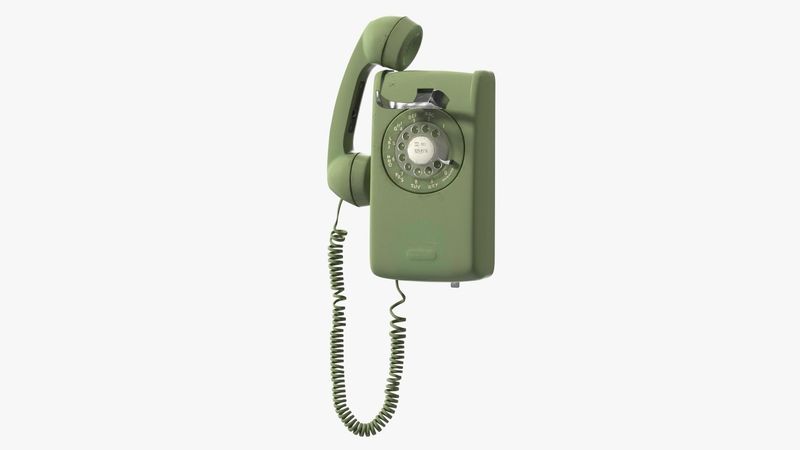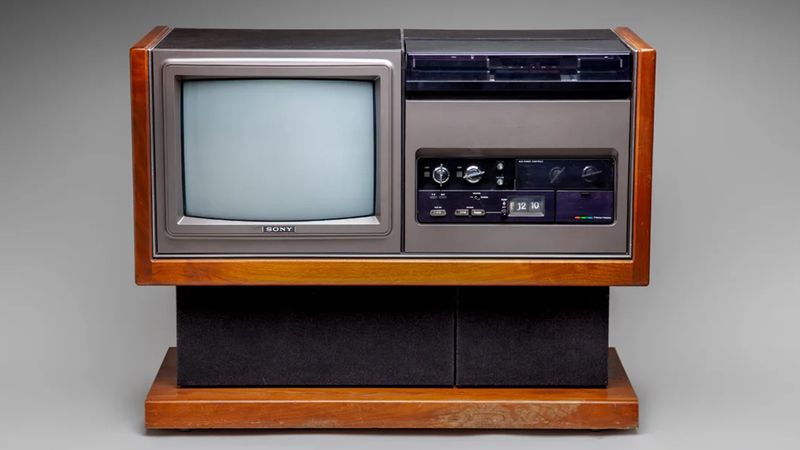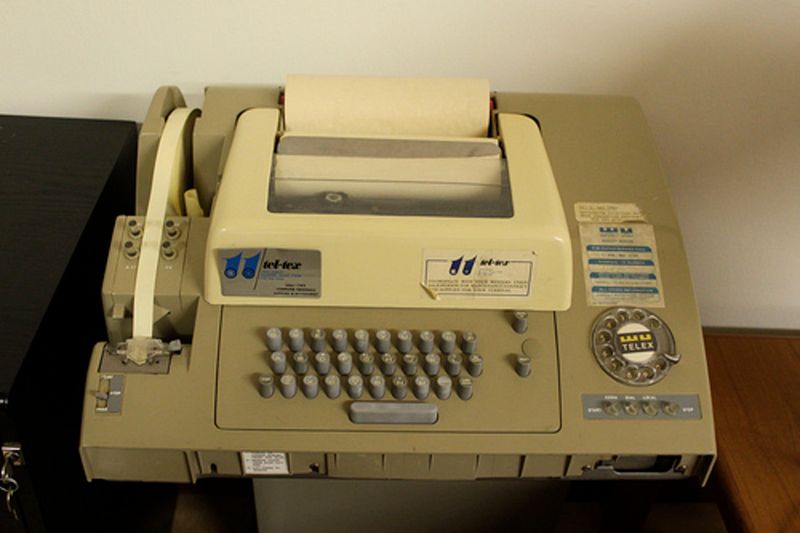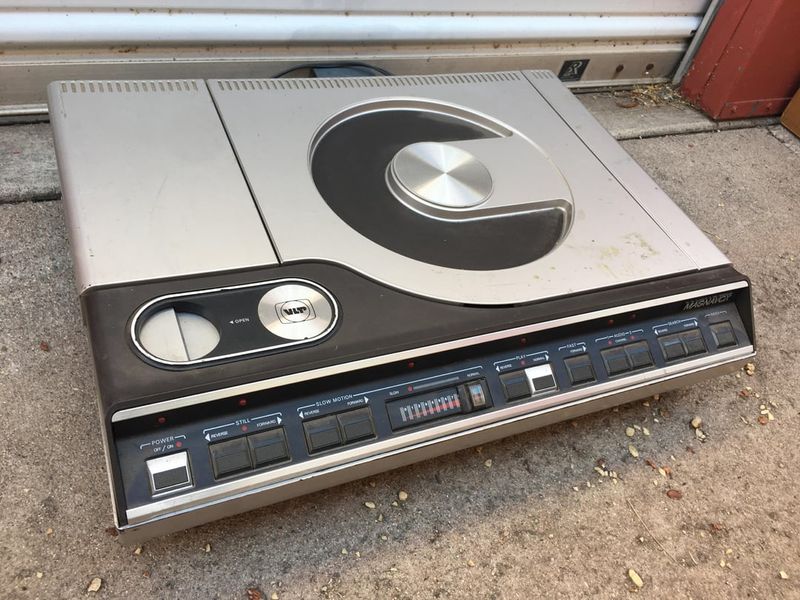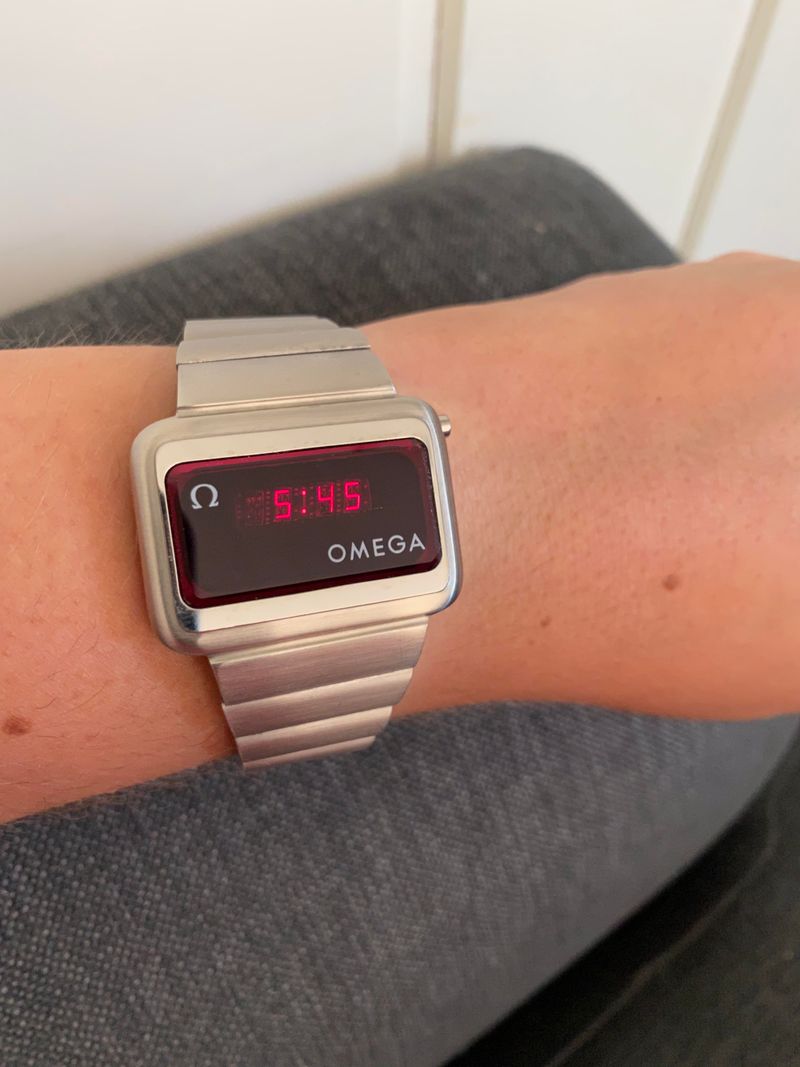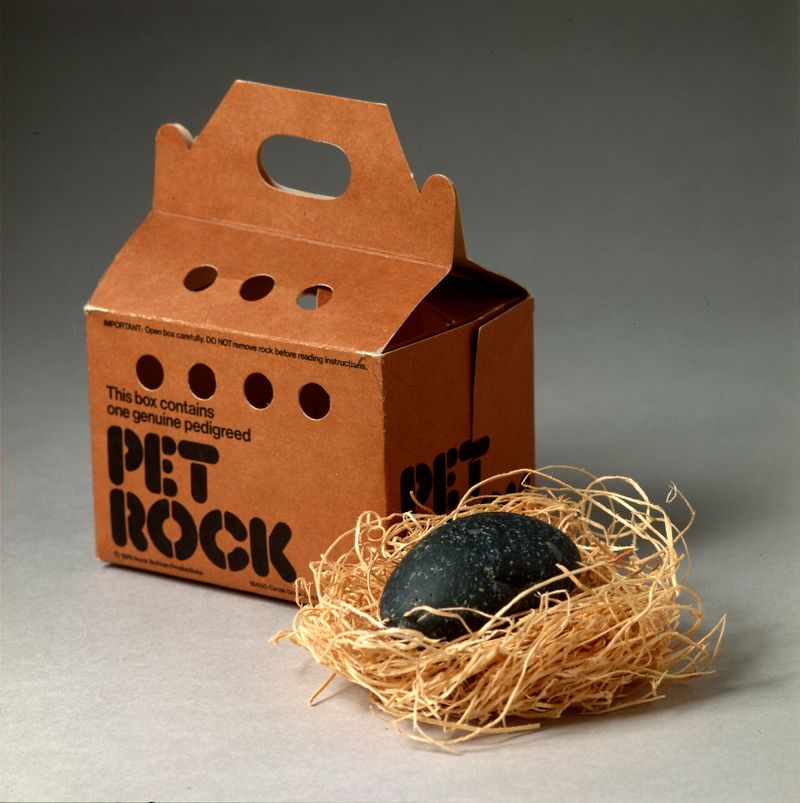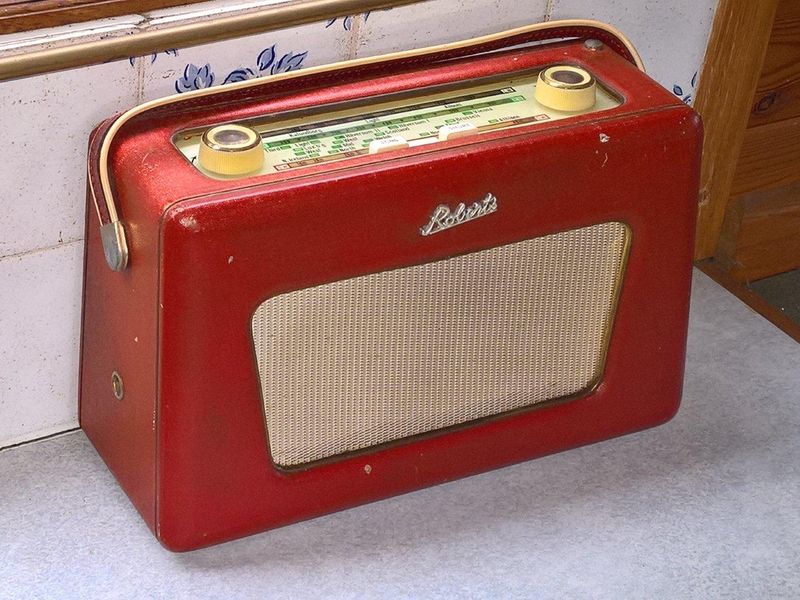The 1970s were a time of innovation and technological advancement. Many gadgets and technologies emerged during this decade, dazzling the world with their potential. However, as time marched on, these once-iconic innovations faded into obsolescence. In this article, we explore nine such wonders from the 70s that have since been replaced by modern advancements. From communication devices to entertainment systems, let’s take a nostalgic journey back to a time when technology was just beginning its rapid evolution.
8-Track Tapes
In the 1970s, 8-track tapes were the epitome of portable music. These cassette-like gadgets allowed people to listen to their favorite tunes on the go. They were particularly popular in cars, providing an alternative to radio broadcasts.
This revolutionary format offered continuous music playback, which was a novel concept at the time. However, the limited sound quality and inability to rewind or fast-forward tracks made them less appealing as technology advanced.
By the 1980s, compact cassettes started to take over, offering better sound quality and more functionality, rendering 8-tracks obsolete.
Pong Video Game
Pong, one of the earliest arcade video games, captured the imagination of the 70s generation. Created by Atari, this simple two-dimensional table tennis game was groundbreaking in its simplicity and appeal.
Children and adults alike were mesmerized by the novelty of controlling on-screen paddles to bounce a ball back and forth. Despite its rudimentary graphics, it laid the foundation for the video game industry as we know it today.
With the advent of more sophisticated games and consoles, Pong’s basic gameplay became a relic, but its legacy lives on in modern gaming.
Rotary Dial Telephones
The rotary dial telephone was a staple in homes throughout the 1970s. With its circular dial and coiled cord, it was once the primary means of telecommunication.
To make a call, users would rotate the dial to correspond with each number in the phone number, a process that seems cumbersome by today’s standards. Yet, it was a symbol of connection and innovation in its time.
As touch-tone and later mobile phones emerged, the rotary dial became an antiquated technology, remembered fondly for its distinctive design and operation.
Betamax Video Players
Betamax was Sony’s attempt to revolutionize home entertainment in the 1970s. Known for its superior picture quality, Betamax players were the go-to devices for movie enthusiasts.
Despite its technical advantages, Betamax could not compete with the VHS format, which offered longer recording times and became more widely adopted. This led to the decline of Betamax, as consumers preferred the more versatile VHS.
Today, both formats are obsolete, but Betamax holds a place in the history of home entertainment technologies, remembered for its early promise and eventual fall.
Telex Machines
Telex machines were a cornerstone of business communication in the 1970s. This teleprinter network allowed companies to send written messages over long distances, a precursor to the fax machine.
Telex offered a reliable means of international communication, making it indispensable for global businesses of the era. However, the advent of fax machines, and later email, rendered Telex obsolete.
Though no longer in use, Telex machines are a testament to the progress in communication technology, bridging a gap between telegraphs and the digital messaging systems we use today.
LaserDisc Players
LaserDisc players were among the first optical disc storage mediums, promising high-quality video and audio. Introduced in the late 70s, these players were a glimpse into the future of home entertainment.
Despite their superior quality, LaserDiscs were expensive and less convenient compared to emerging VHS tapes. This limited their widespread adoption, leading to their eventual decline.
As DVDs and Blu-rays entered the market, LaserDiscs became a technological footnote. Yet, they paved the way for the optical media that would dominate the home entertainment industry in the following decades.
Digital Watches
Digital watches were a symbol of futuristic style in the 1970s. Featuring LED or LCD displays, these watches offered a new way to tell time, moving away from traditional analog dials.
Their sleek, modern design captured the imagination of tech enthusiasts and fashion icons alike. However, early models were often expensive and required frequent battery changes.
With advancements in technology, digital watches evolved, yet the initial 70s models quickly became outdated. Today, smartwatches have taken their place, offering a multitude of features beyond just telling time, transforming wristwear into smart gadgets.
Pet Rocks
Pet Rocks became a quirky pop culture phenomenon in the mid-1970s. Marketed as low-maintenance pets, these ordinary stones came with care instructions and a box with air holes.
They tapped into the growing popularity of novelty gifts, providing a humorous take on the pet ownership craze. Despite their simplicity, they became a beloved fad, selling millions within months.
As the novelty wore off, Pet Rocks faded into obscurity. Today, they stand as a reminder of the whimsical side of 70s culture, when even a rock could capture the imagination of the public.
Portable Transistor Radios
Portable transistor radios were a must-have gadget in the 1970s. These compact devices allowed people to enjoy music and news on the go, symbolizing freedom and mobility.
Their affordability and portability made them popular among teenagers and adults alike, who could listen to their favorite stations wherever they went.
However, as technology advanced, portable cassette players and, eventually, digital music devices replaced transistor radios. While no longer in vogue, these radios are fondly remembered for their role in the era’s soundtrack, bringing music and information to the masses in a revolutionary way.
